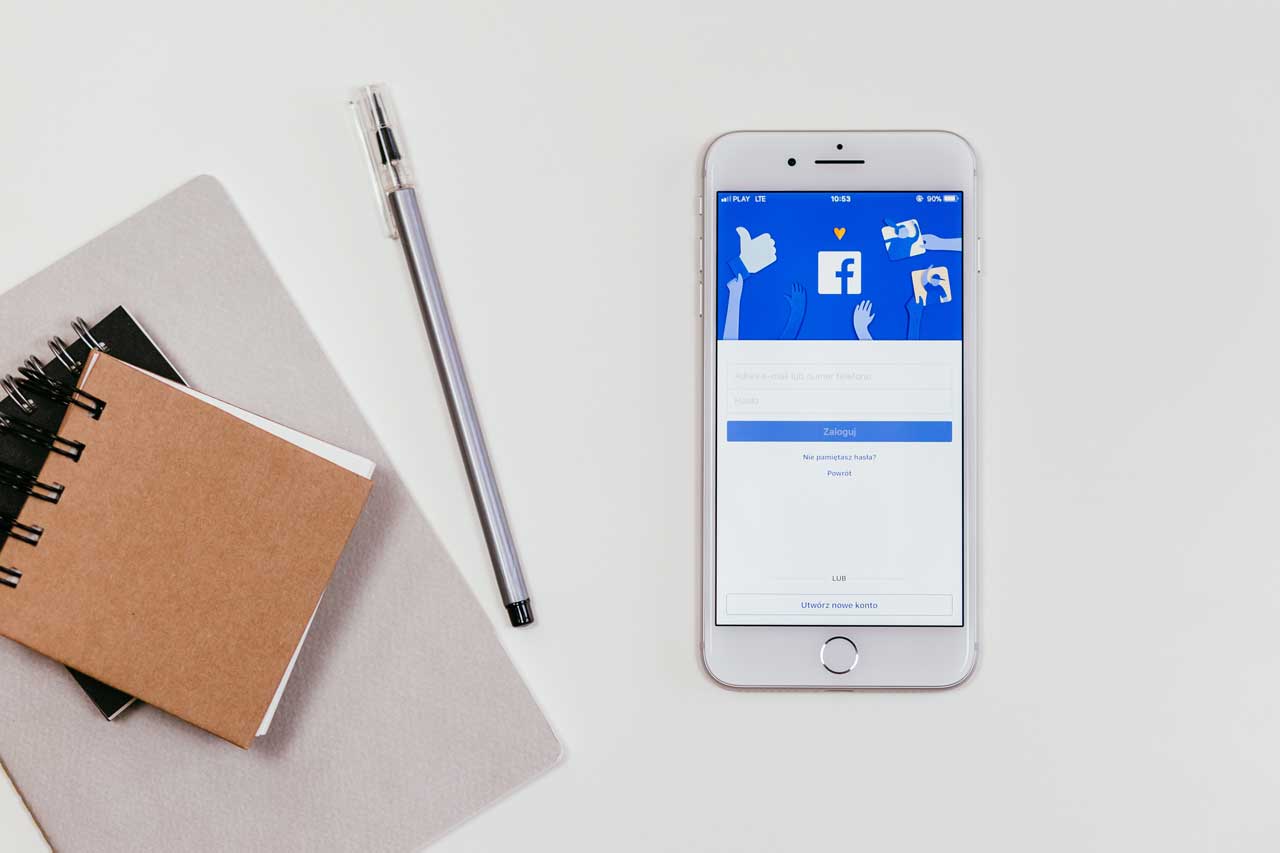Social media can be a great place to keep up to date with people you know, or strangers that share similar interests. While you might be inclined to think anything you put up on a site like Facebook or Tumblr is viewable by anyone, you actually have a wide variety of options in deciding who can see and interact with your posts, and what type of content you want to see or don’t want to see.
Below are some tips on curating your social media experience, to make sure you are having the best experience you can have. If someone is posting things that make you feel uneasy, or if you’re being harassed by someone specific, it is usually a simple click of a button to block that type of content or stop someone from interacting with you again.
The tips below tell you how to curate your profile privacy, block specific content or block specific people. We will be focusing on Facebook, Twitter, Tumblr and Instagram.
Let us begin!

Facebook, by its design, usually already prevents others from viewing most of your profile unless they are friends you’ve accepted. However, sometimes these settings are unclear so make sure you have a private profile and not accidentally have part of your timeline set to public.
When you post things to your timeline you can post it to a specific audience. Maybe you want you friends to see a post, but not necessarily your parents or aunts and uncles? You can make different groups of people, such as friends, acquaintances and family, and only show a post to that specific 'list'.
Lastly, if someone is bothering you or harassing you, you can ignore them by unfriending them and by blocking their messages.

Twitter allows you to post tweets for the entire world to see, but it if you so wish it also allows you to only show tweets to your follower. This options is called Protecting your Tweets, ensuring only people who already follow you can view your posts. Additionally, new followers have to request access to your tweets and you can decide whether or not to accept their request.
You can block people from interacting with you regardless of whether you have a public or private twitter account. Blocking people prevents them from reading your tweet, interacting with them or otherwise messaging you.
Furthermore, Twitter allows you to hide tweets that contain certain words, phrases, hashtags or even emojis if you prefer not seeing that specific type of content. Turning these options on will simply make these tweet not show up in your twitter feed at all, although these tweets will still appear in searches.
Another feature Twitter has is Muting people, which is a very handy option if you don’t necessarily want to see someone’s posts in your timeline, but don’t want to unfollow them either. This way, their posts are removed from your feed but you will still remain ‘friends’.
Like twitter, Instagram allows you to hide your profile and make it private, or open it up to the public. If you have a public Instagram profile, everyone can view your photos, interact with you and find you in hashtag searches.
If you have a public profile but would like to block specific people from interacting with you or your photos. Keep in mind, you can block people from commenting, or block them completely. If you block someone only from commenting, they can still view your photos!
Just like twitter, Instagram recently added a mute option so you can ignore people whose posts you don’t want to see but who you don’t necessarily want to unfriend.
Tumblr

Tumblr makes it more difficult to hide your posts, but allows you to have a private profile through password protecting it, but - be careful, for if the password gets spread around, other people might gain access to your blog. Also note, you can only password protect secondary blogs, and not primary blogs! Don’t know what the difference is? See here.
Just like Twitter and Instagram, Tumblr allows you to block people or blogs if you do not want to interact with them. Blocking someone prevents them from accessing your blog, viewing your posts and interacting. Additionally, it will also block their posts from your dashboard and searches as well, so it’s also a useful tool for blocking content you don't like.
Tumblr allows users to send anonymous messages. Although this allows users without a Tumblr account to message you, it also more easily opens the door to harassment. You have two options if you are getting bothered by anonymous messages:
- You can block the user even if they don’t have an associated Tumblr account. You do this by clicking the three dots and hitting ‘Block’. Although this won’t block their user account, it will block their IP-address. The downside to this is that fairly easy to circumvent IP-blocking.
- A more extreme option is by simply turning off anonymous asks all together in your Tumblr preferences. This prevents anyone from sending you anonymous messages, including bullies.
Lastly, Tumblr does not have a way of blocking words or posts with specific ontent. However, you use a third-party extension like Tumblr Savior or Xkit to achieve the same goal. Tumblr savior simply blocks the content of posts containing the keywords you specify, but Xkit has many more options that allow you to curate your Tumblr experience. For example; blocking specific words or phrases; disabling gifs; cleaning your feed (blocking all photo posts); hiding avatars; limiting the appearance of certain blogs; muting asks & answers from specific users on your dashboard; blocking single posts; and many more quality of life options.
It is the single most important extension for Tumblr out there, and personally I wouldn’t want to use Tumblr without it. Highly recommended!
Conclusion
Hopefully with these tools & settings will make you feel a little more secure in managing the people you engage with and the content you view on social media.
It is completely fine to mute, ignore or block people or blogs if they make you feel uncomfortable. It is okay to not want to view or interact with certain content, and having an account on a social media platform does not mean you have to engage with every single thing that is posted on it.
Therefore the main message is to please feel free to tailor your own social media experience so you can always feel safe, happy and comfortable!







